Kantha Fillings with Aligned Running Stitch
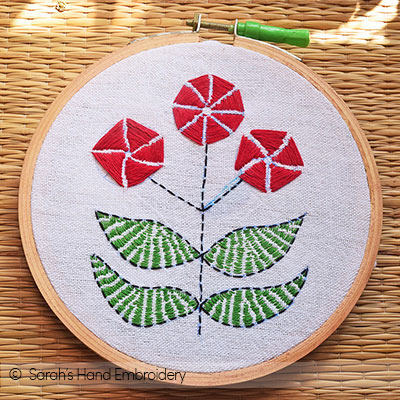 |
| Embroidery Sample: Kantha of Bengal |
Taking the Running Stitch a notch up, it can be used more than just creating outlines and linear stitching. Solid fillings are built by stacking up the Running Stitch one over the other in multiple journeys. These stitches are aligned to each other creating small ‘pillars’ of stitches.
 |  |
| Fig 1: Start by outlining the patterns with the Running Stitch. I divide the circles as a guide to make the Running Stitch, though I ended up not really using them. | Fig 2: I start stitching the Running Stitch going around the pattern, building up the stitch every time. Each time, the stitch grows in its length so that the petals take shape. |
 |  |
| Fig 3: Here is a perfectly done flower. The Running Stitches are aligned and stacked on top of each other, creating a perfectly straight gap between each petal. | Fig 4: When you fill a pattern in a linear manner, you don’t have to keep increasing the stitch length at each journey. Just keep stacking the Running Stitch in an aligned manner. |
 |  |
| Fig 5: Check how it turned out. There are straight gaps between each ‘pillar’ of stitches. | Fig 6: The finished pattern looks like this. |
Stitch used in this project
The pattern used in this project. Click for the printable PDF file.
Now let’s learn the other variations of Kantha Work:




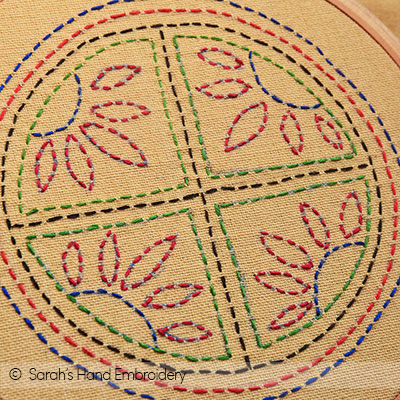
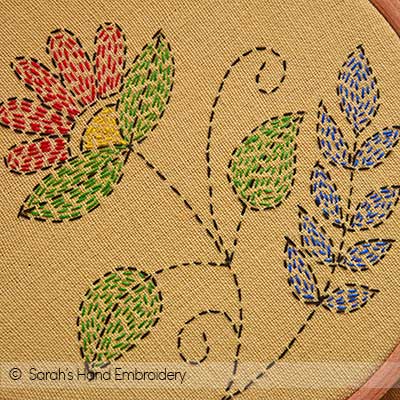



 Sarah has been researching and sharing hand embroidery lessons for over 17 years, making it accessible to everyone around the globe.
Sarah has been researching and sharing hand embroidery lessons for over 17 years, making it accessible to everyone around the globe.
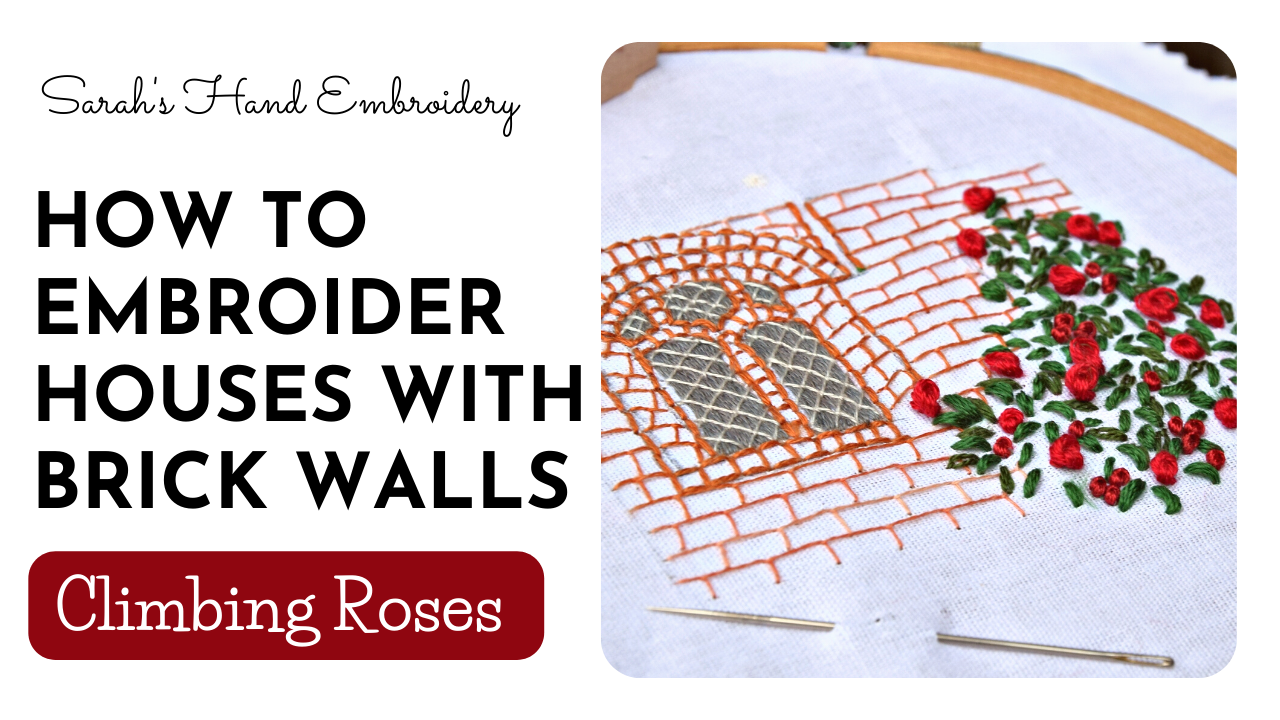
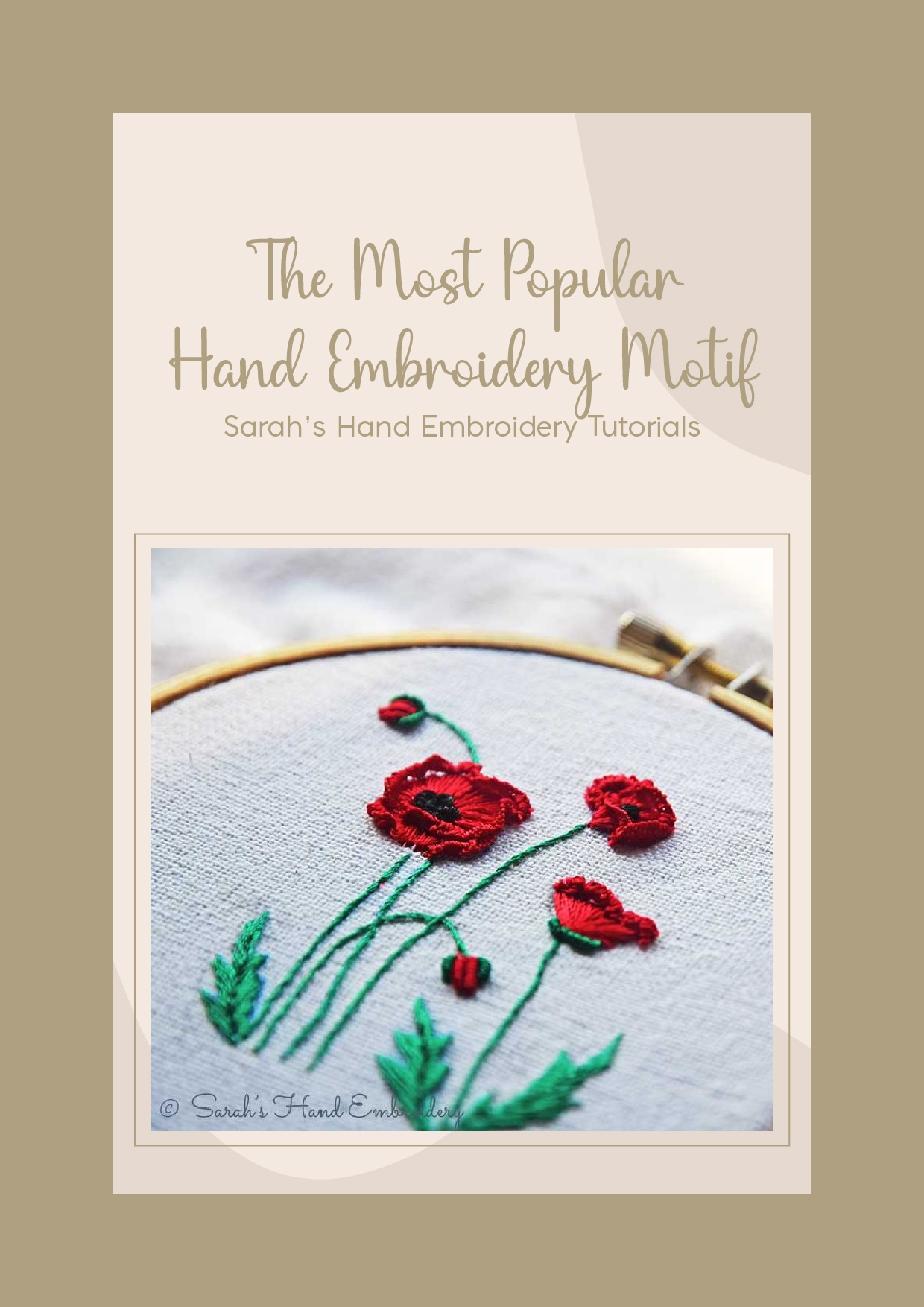
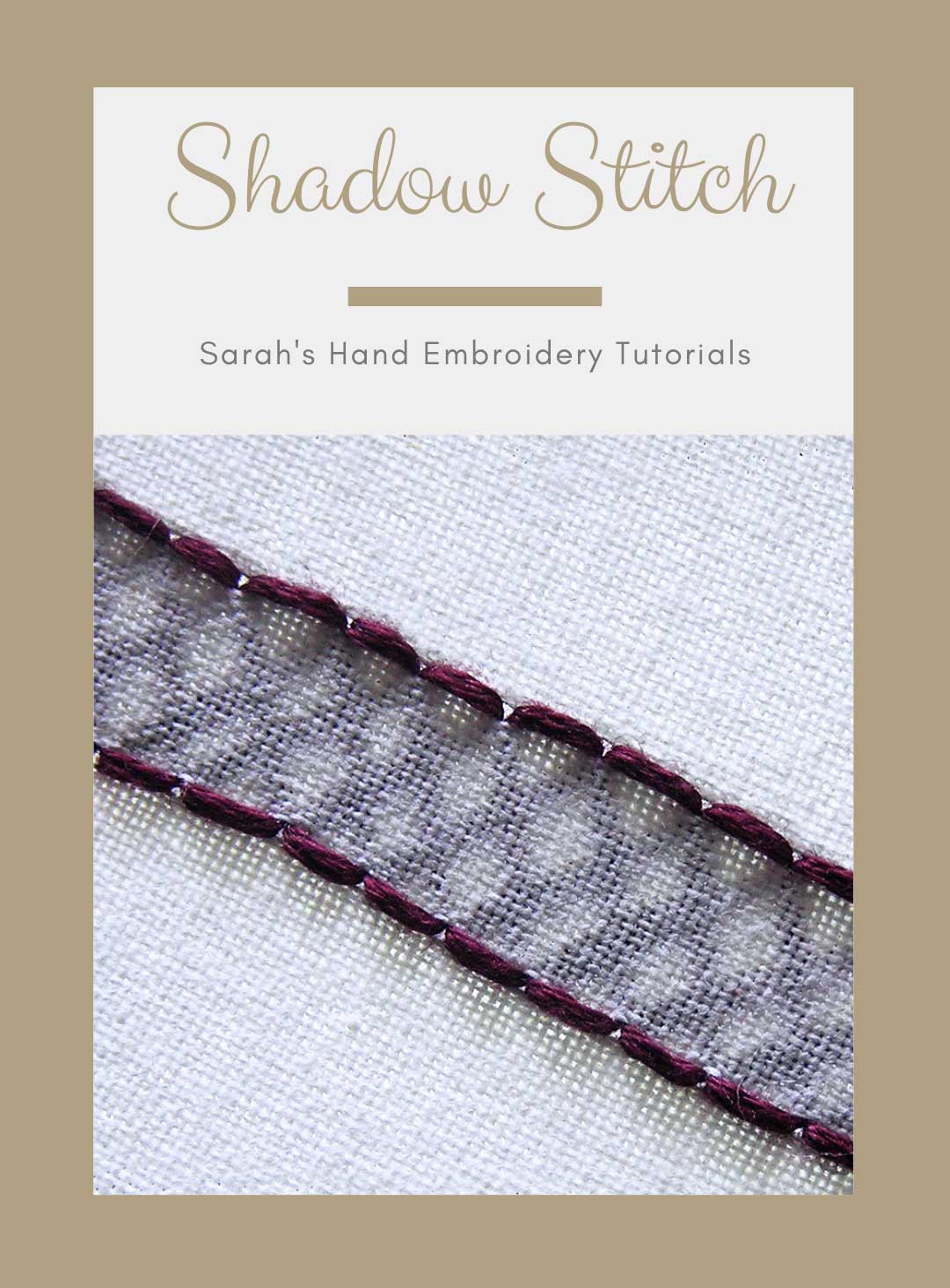


Sarah, your tutorials are soooo amazing, clear instructions, great photos and lovely designs- I have one problem… I can’t keep up🥺🤣. It’s great to have plenty to look forward to though. I’m loving the Kantha work, so simple but very effective, also great practise for keeping stitches neat and regular. As always, thanks for all you do!
Dear Silure,
I am so happy to hear that you are enjoying the Kantha patterns. Thank you! I love teaching Kantha to my students as they end up loving it more than the other embroideries that are complicated and make you think like ‘more effort=beautiful work.’
🙂